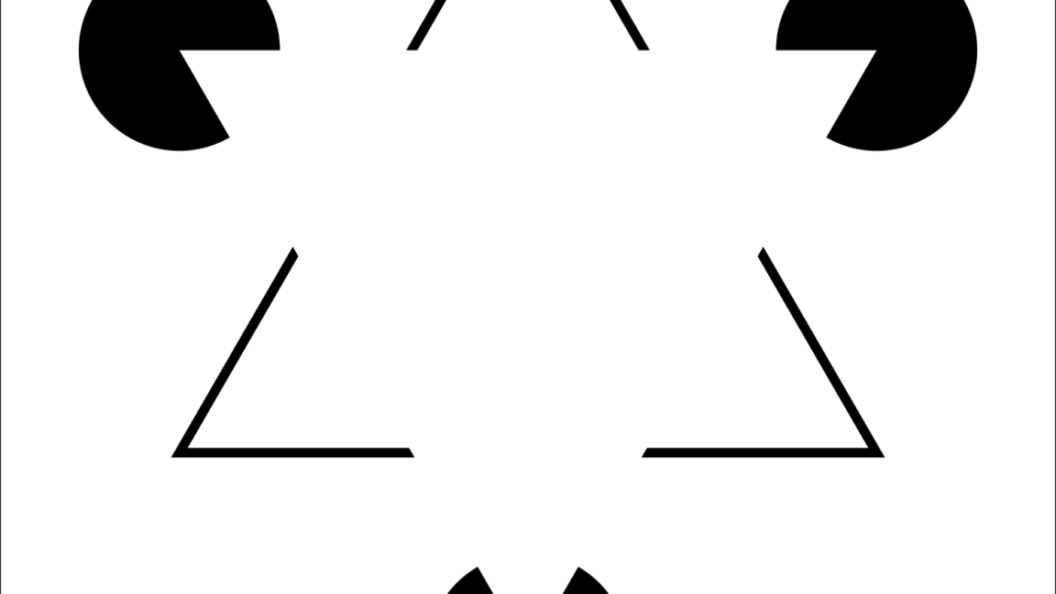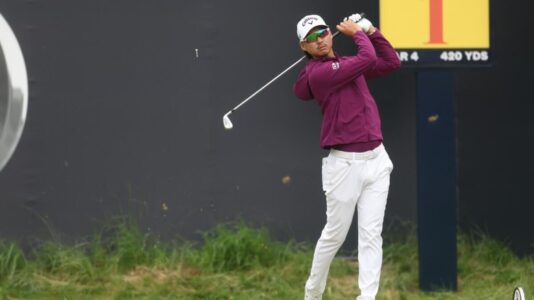Researchers Uncover New Neuron Subtype Linked to Visual Perception
Recent studies by a team led by neuroscientist Adesnik have identified a unique subtype of neurons, dubbed IC-encoders, located within the primary visual cortex of mice. This discovery sheds light on how these neurons contribute to local pattern completion—an essential process in visual perception, particularly in the perception of illusory contours.
IC-Encoders: A Functionally Significant Population
Prior research hinted at the existence of these specific neurons, but Adesnik and colleague Shin have confirmed that they represent a well-defined and functionally significant subpopulation of neurons. "What we didn’t know is that these neurons drive local pattern completion within primary visual cortex," Shin explains. This finding signifies a crucial linkage between specific neural activities and perceptual processes, illuminating how the brain interprets visual stimuli that are not explicitly present but are inferred through context and surrounding cues.
Implications for Visual Perception
Although the research demonstrates that IC-encoders induce neural activity patterns consistent with typical responses to illusory contours, it has not yet confirmed whether the mice "saw" these contours when the neurons were artificially activated. "We didn’t actually measure behavior in this study," Adesnik clarifies, emphasizing that the focus was on the neural representation of these contours rather than direct behavior.
Shin acknowledges that due to technical constraints, the findings are preliminary. "It’s possible that the mice weren’t seeing them," he admits, highlighting that the activation involved a relatively small number of these elusive IC-encoders. As a result, the link between neural activation and actual visual perception remains speculative at this stage.
The Next Frontier: Behavioral Tests
Looking ahead, the researchers plan to conduct additional experiments to explore the behavioral implications of IC-encoders. Adesnik outlines an intriguing prospect: "What we would do is photo-stimulate these neurons and see if we can generate an animal’s behavioral response even without any stimulus on the screen." This approach would potentially enable scientists to understand if the increased neural activity translates into observable behaviors, bridging the gap between neuronal function and perceptual experience.
Current limitations in optogenetic techniques restrict stimulation to a small subset of neurons. Adesnik envisions expanding their experimental scope to recruit multiple neurons simultaneously. "I think we might be able to start getting behavioral responses," he says with optimism, suggesting that collaborative efforts in neuroscience could unlock new insights into visual processing.
Conclusion: A New Perspective on Visual Processing
This groundbreaking research not only identifies a distinct neuronal population but also redefines our understanding of how the brain interprets visual information. The study emphasizes the critical role of IC-encoders in visual perception, particularly in constructing illusory contours that exist only in the mind’s eye. As researchers work to expand these findings through further experimentation, the implications for understanding visual processing could have profound effects on the fields of neuroscience, psychology, and beyond.
This study represents a significant step in unraveling the complexities of visual perception, with potential applications ranging from advancements in artificial intelligence to therapeutic strategies for visual disorders. The journey into the intricacies of brain function continues, promising to deepen our comprehension of the mind and its impressive capabilities.









